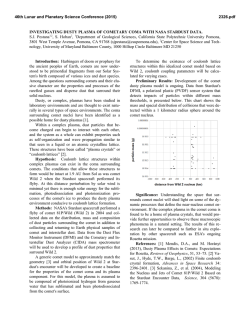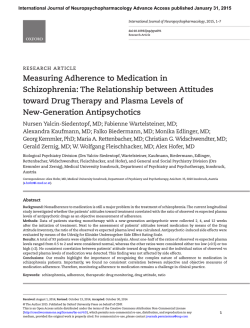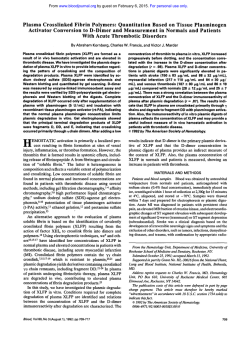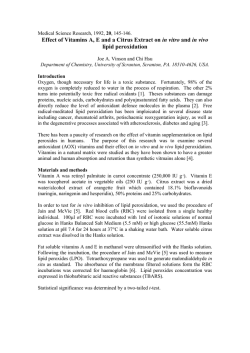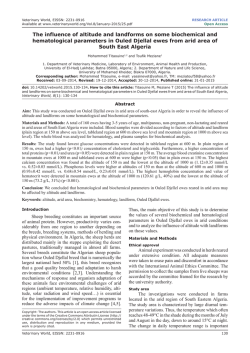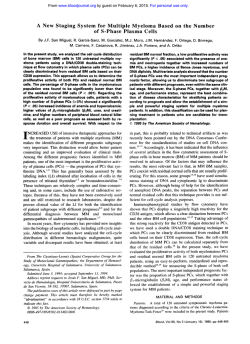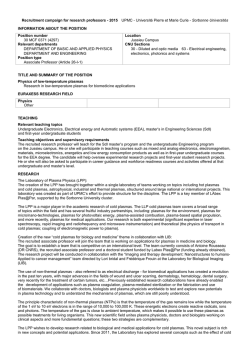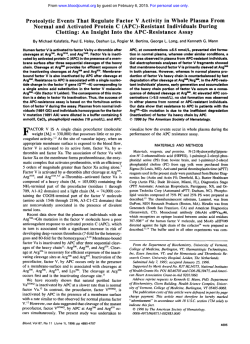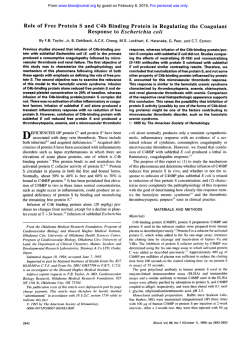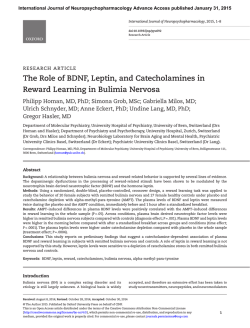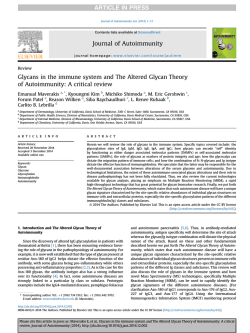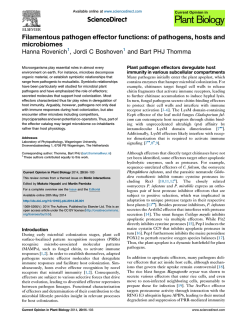
A Plasma Primer
A Plasma Primer Page Bouchard, DVM What is plasma? Plasma‐‐the liquid portion of blood that remains after the red and white blood cells have been removed‐‐contains electrolytes, glucose, enzymes, some hormones and plasma proteins. In addition to fibrinogen and albumin, plasma proteins include immunoglobulins, more commonly known as antibodies, which play a key role in a horse’s immune system. Because of its immunity‐boosting benefit, plasma are used to combat several serious equine conditions. When is plasma administration necessary? • Failure of passive transfer (FPT) in foals is the most common situation in which plasma administration is needed. FPT is a condition in which a foal does not receive an adequate amount of the mare’s colostrum, which can happen if the mare leaked her colostrum prior to foaling, she did not produce good colostrum, she rejected the foal or the foal failed to stand and nurse due to orthopedic or other issues. Colostrum, the thick, yellowish fluid produced by the mare’s mammary glands the last few weeks of pregnancy, is very rich in IgG to protect the foal from pathogens until its own immune system begins to make antibodies. At birth, the cells of the foal’s intestines are able to absorb the large IgG molecules, but the gastrointestinal system matures so rapidly that by 12 hours of age there is minimal absorption of IgG and by 24 hours of age no further absorption occurs. If the foal’s IgG level does not reach 400 IgG by 12 hours after birth, plasma administration is strongly recommended. • Certain organisms or pathogens can persist on a farm from year to year, causing higher frequency of disease than in other areas. In these instances, plasma from a donor recently vaccinated against that pathogen can be administered prophylactically to help increase immunity against the particular pathogen before it has time to set up an infection and cause disease. A prime example is Rhodococcus, which persists in soil and manure and can infect foals with compromised immunity. Rhodococcus causes abscesses to form, typically in the lungs. For foals in areas where Rhodococcus is common, administering one dose of plasma within the first 24 hours of life is recommended. Antibodies from this dose begin to decrease around 3 weeks of age, so a second dose is recommended at that time. • Colitis, or inflammation of the colon, is another situation that may require administration of plasma. Some severe cases of colitis disrupt the colon’s ability to absorb proteins, and plasma must be used to replace those proteins. In other instances the pathogen causing colitis can be identified and plasma containing the appropriate antibody is used to boost the immune system. Furthermore, plasma may be administered to patients with severely compromised colons in order to help prevent toxins from causing endotoxemia, which can lead to shock, laminitis and death. What type of plasma should be used? Several types of plasma are available depending on the needs of the recipient. When plasma is intended to replace proteins in the blood, nonspecific plasma can be used. On the other hand, in the case of disease caused by a specific identified pathogen, the coinciding specific plasma is recommended. For example, if a horse is suffering from severe colitis caused by salmonella, salmonella plasma should be considered. Plasmas from donors that have been vaccinated for multiple pathogens are referred to as hyper‐immunized. Typically they contain immunoglobulins against those pathogens most likely to cause disease in young foals. These plasma products are intended specifically for foals in the event that they undergo failure of passive transfer and do not receive adequate colostrum. Are there risks? Although adverse reactions are not common with plasma administration, complications can occur. As plasma is a portion of blood, administering plasma is similar to a blood transfusion. With any transfusion, an anaphylactic (allergic) reaction is a potential risk. For this reason plasma should always be administered by a veterinarian so that any problems that arise can be addressed as quickly as possible. When administering plasma to newborns, special care must be taken when determining the volume of fluid to be given. The immature cardiovascular system of a neonate is unable to compensate for rapid or large changes in volume. A minimum of 1 liter of plasma would be required for an adult horse, which typically has a total blood volume of between 30 and 40 liters. Dosing a neonate‐‐whose total blood volume is closer to 6‐7 liters‐‐with 1 liter of plasma would increase the total blood volume by about 15 percent. For this reason it is important that plasma be administered slowly and the recipient closely monitored. The benefits of immunoglobulins and other plasma proteins cannot be matched by other pharmaceuticals, making plasma administration necessary in some cases. Although there are risks associated, talk to your veterinarian about cases that indicate administration of plasma.
© Copyright 2026
